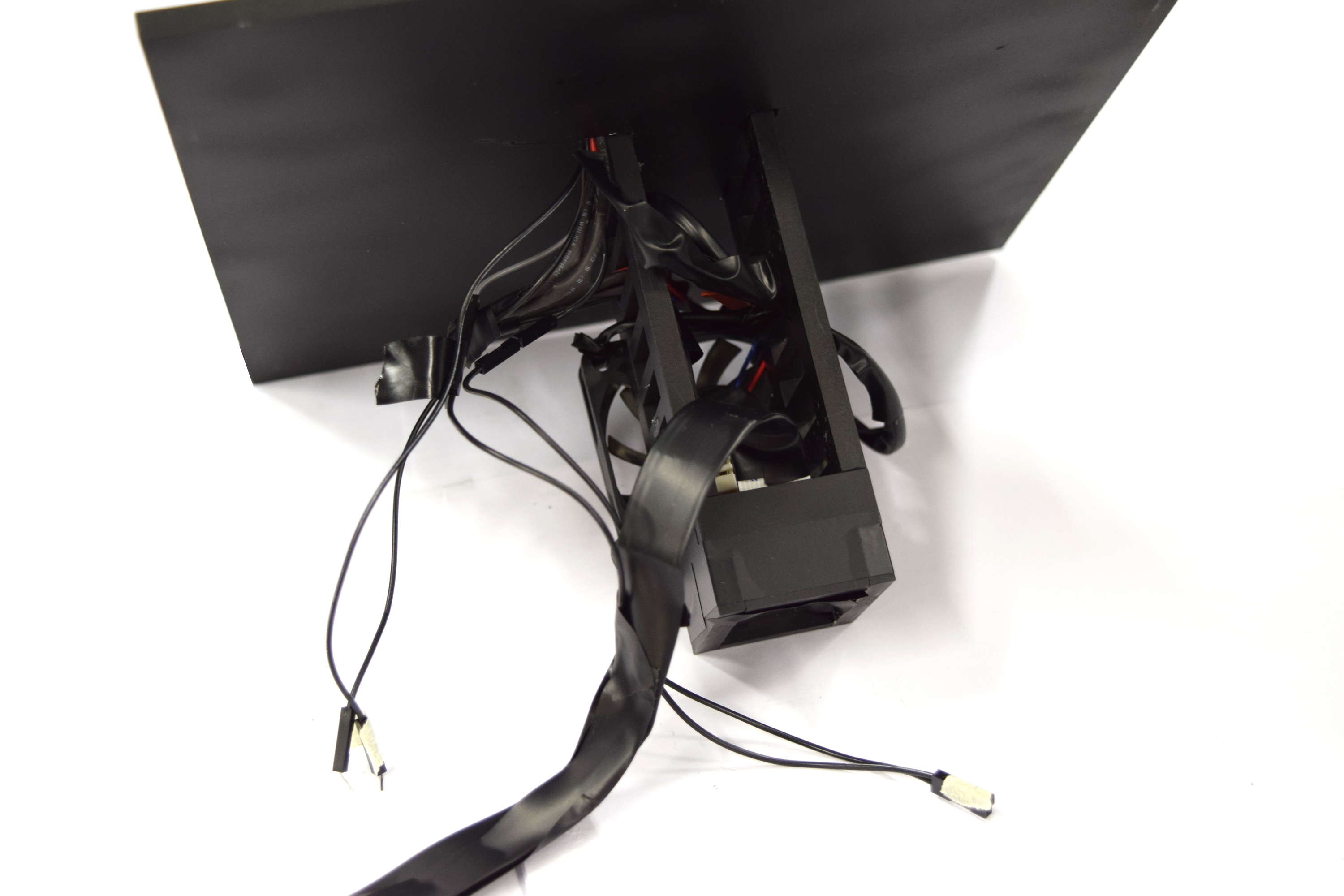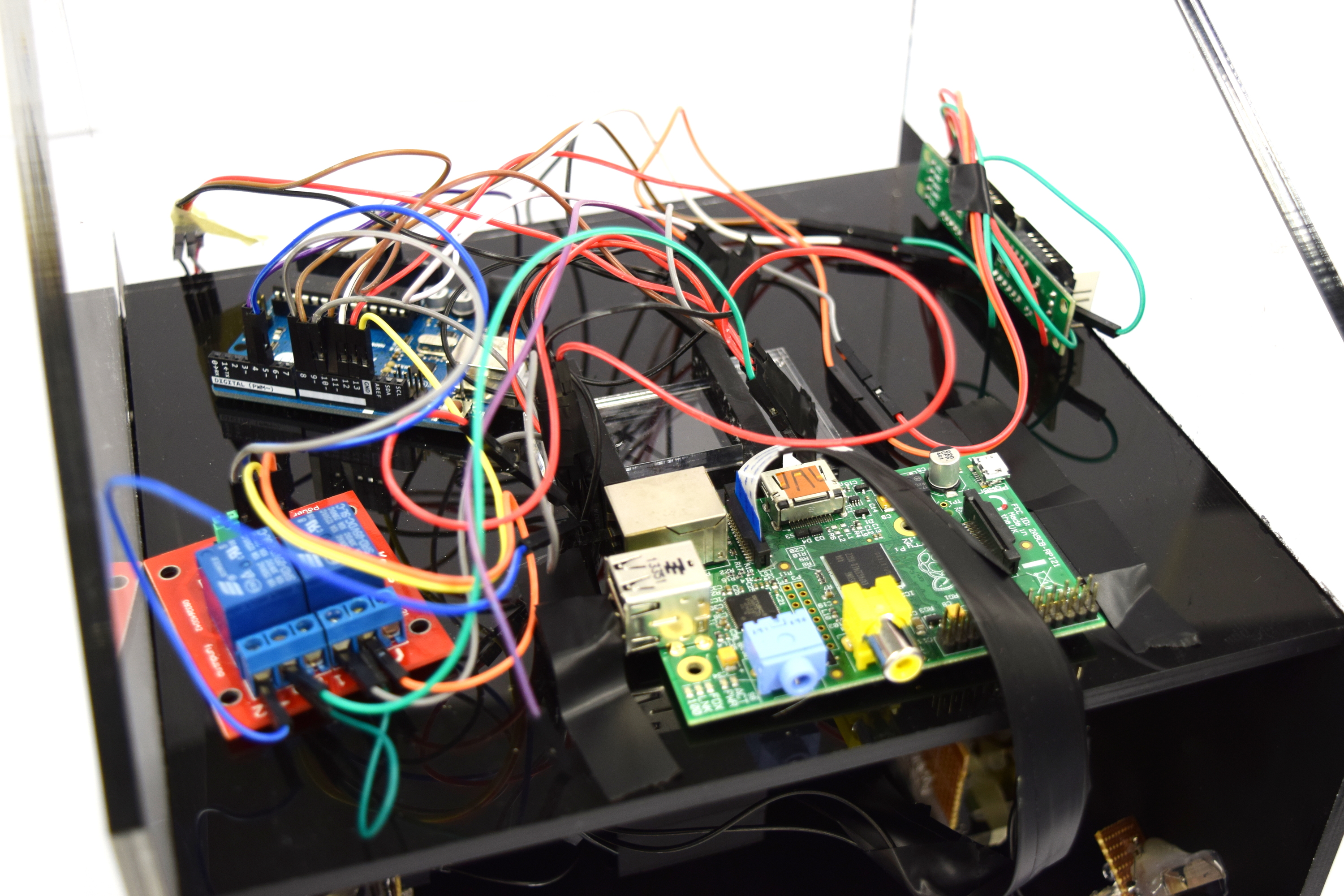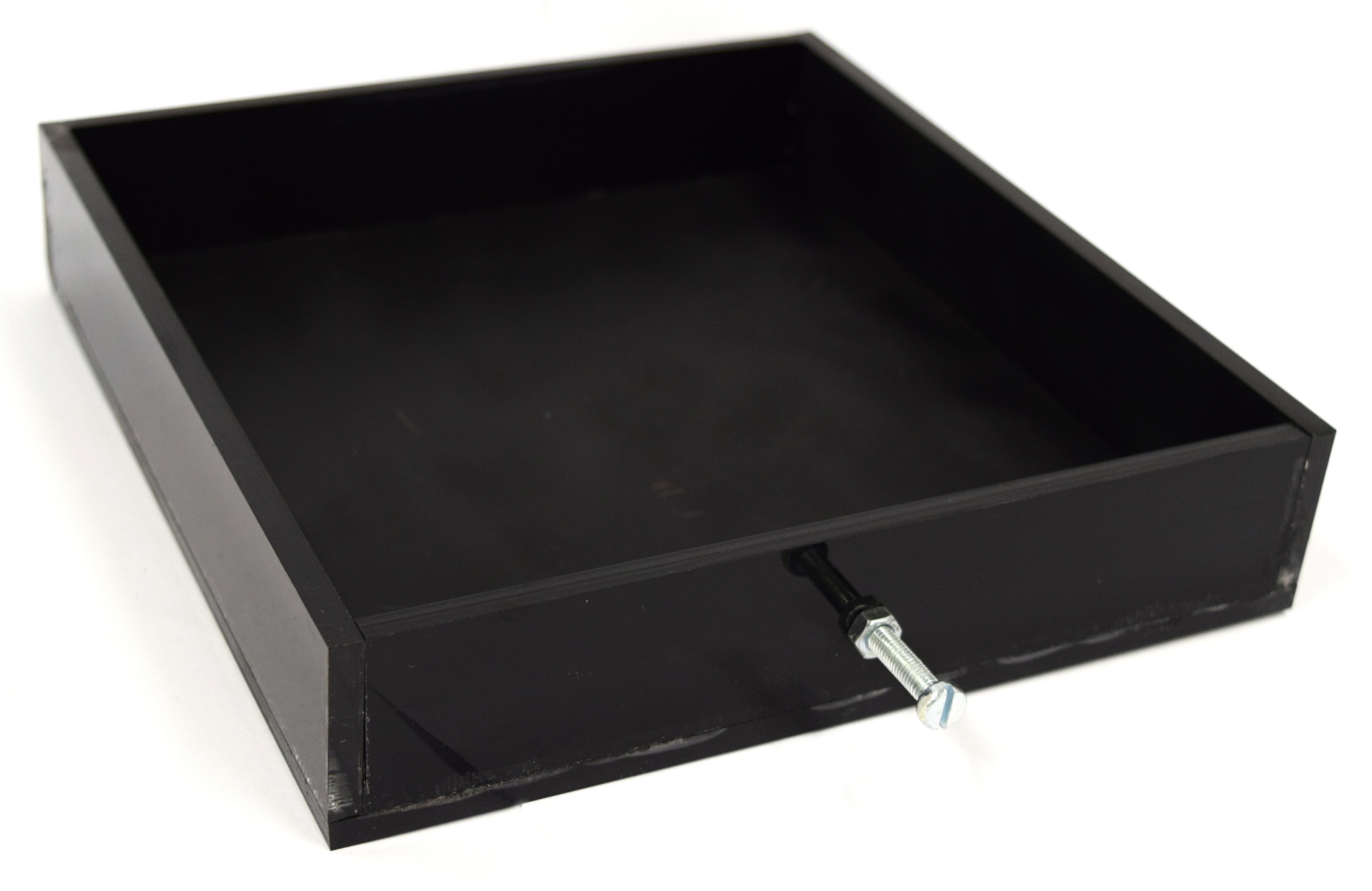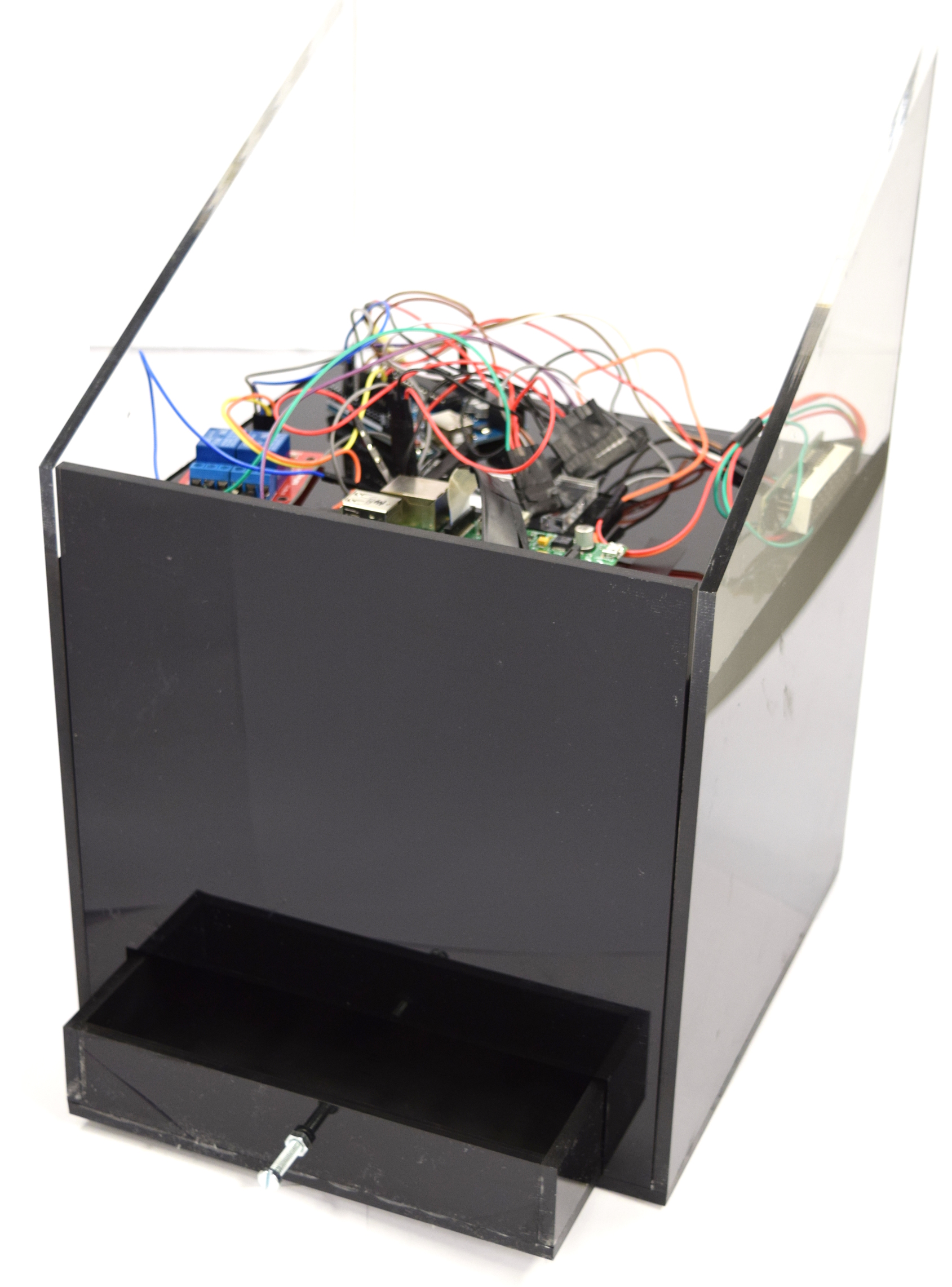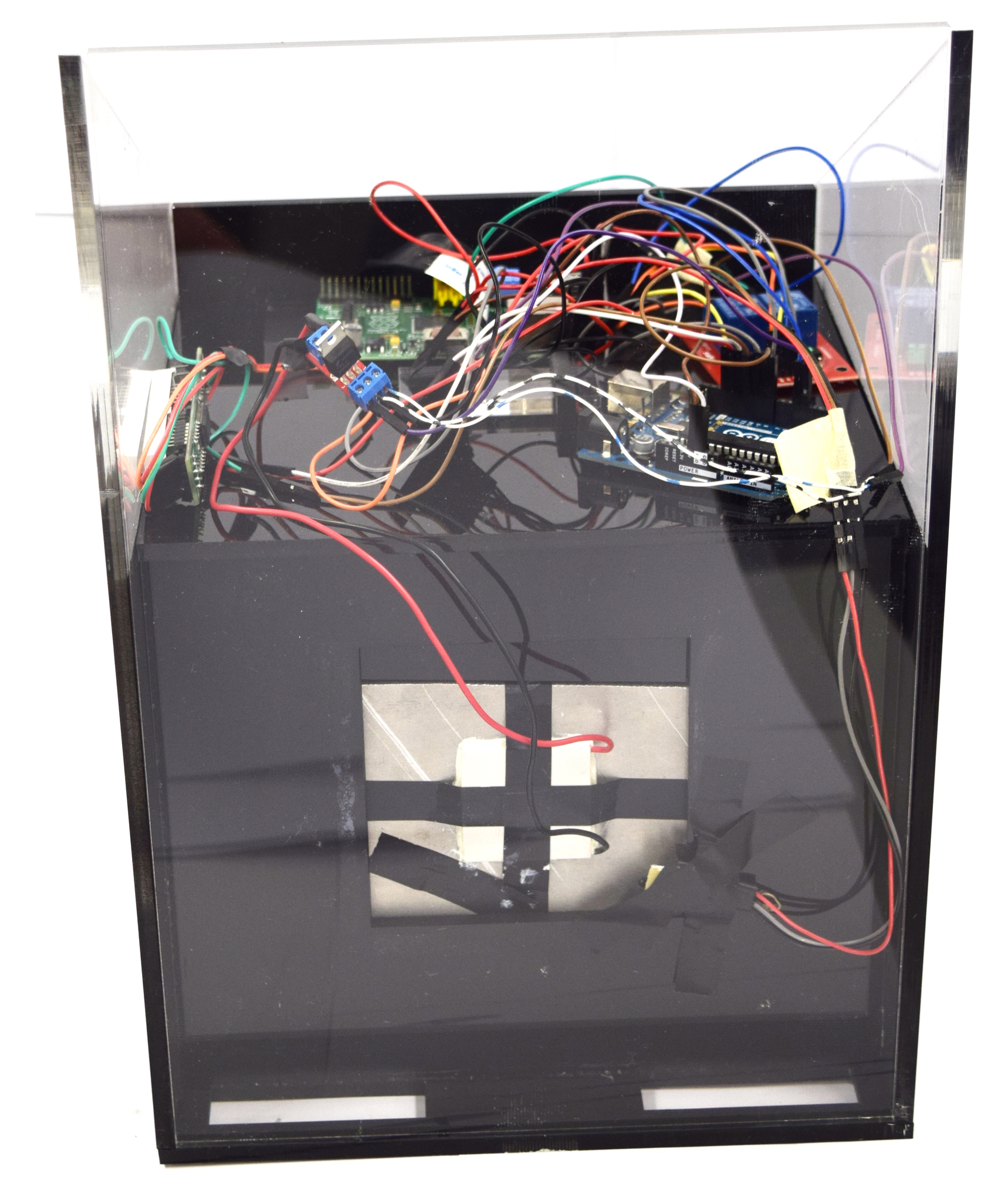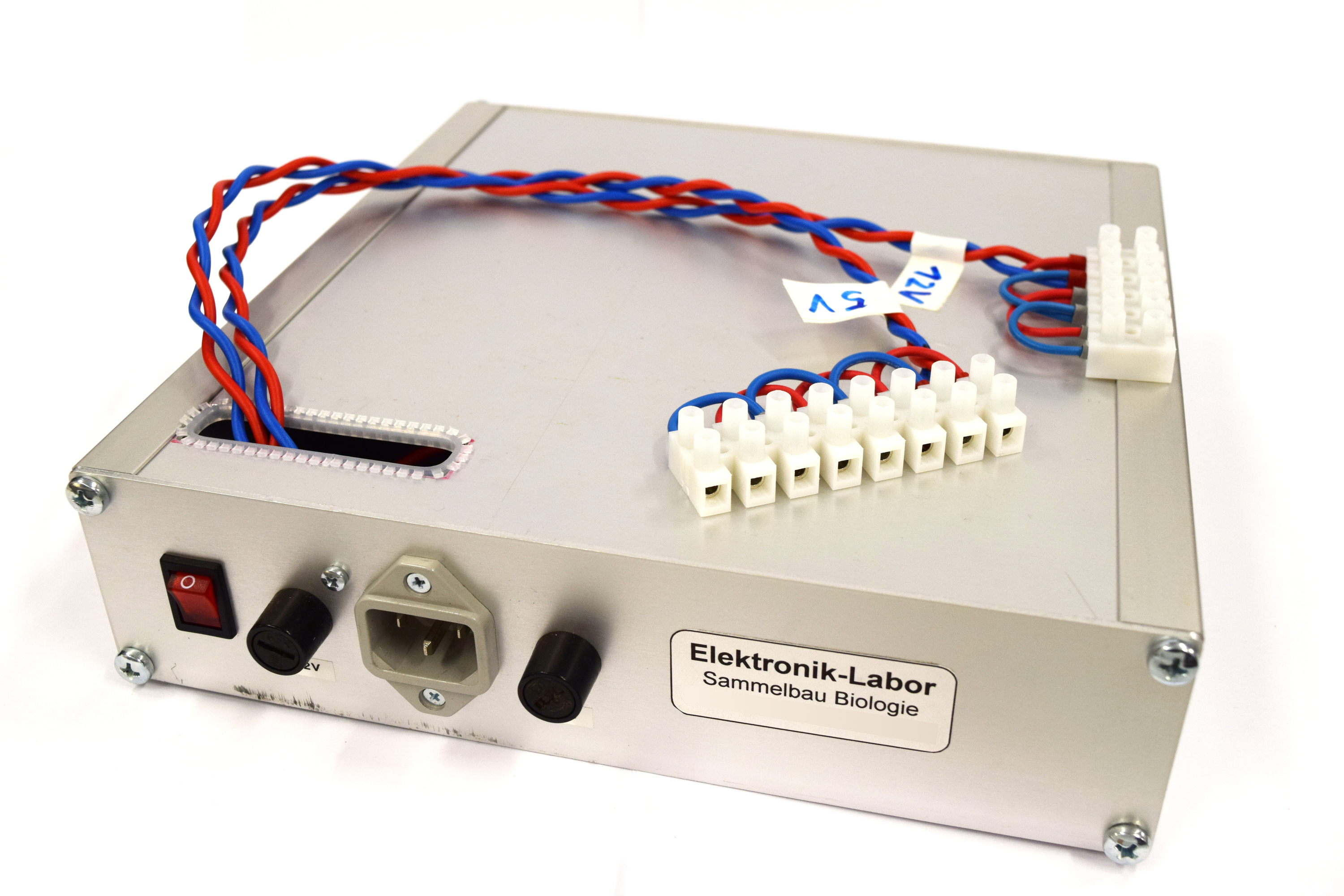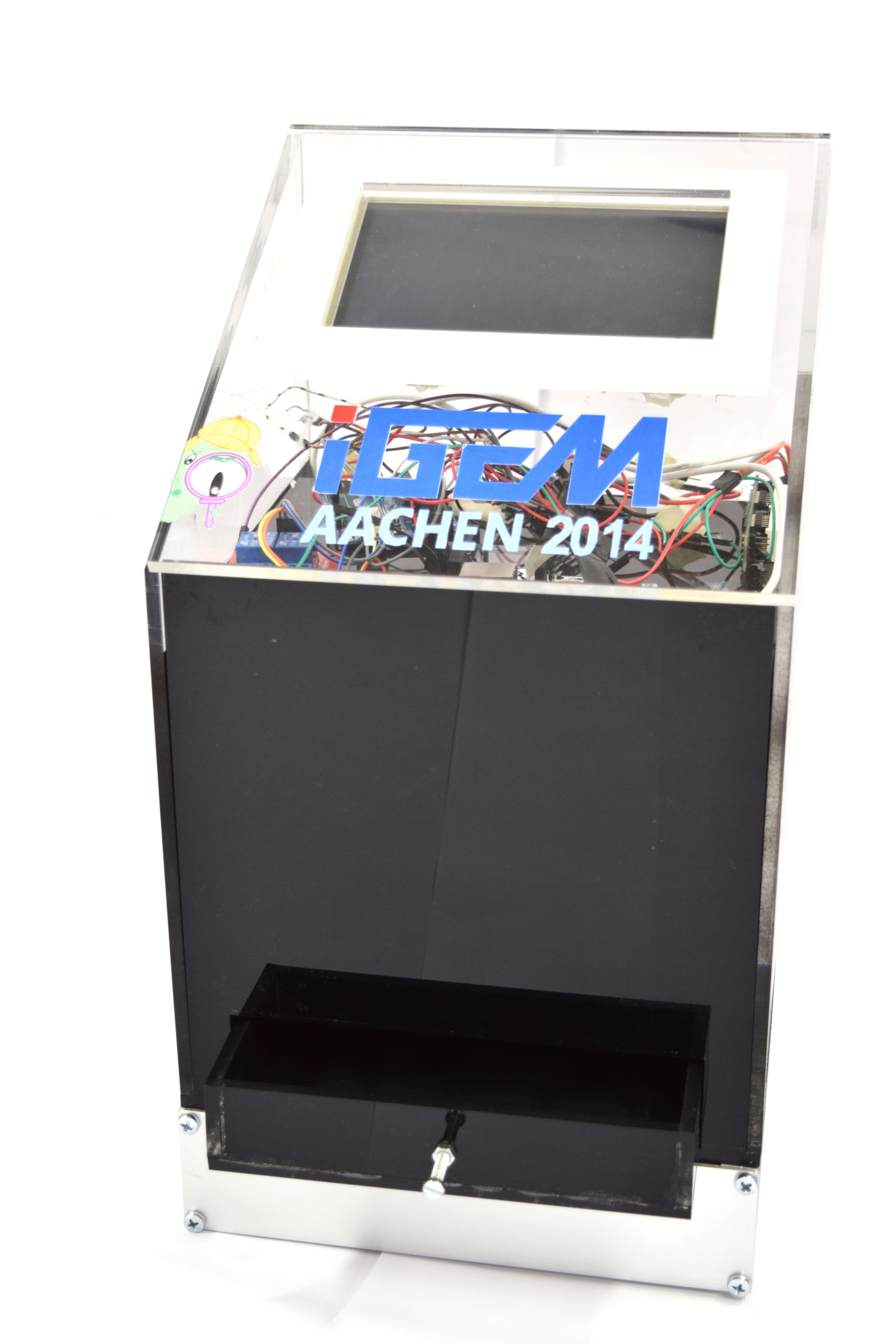Team:Aachen/Notebook/Engineering/WatsOn
From 2014.igem.org
| Line 200: | Line 200: | ||
= Raspberry Pi - Setup = | = Raspberry Pi - Setup = | ||
| - | In order to get a running linux system on the Raspberry Pi which includes all required components and configurations the following steps have to be considered | + | In order to get a running linux system on the Raspberry Pi which includes all required components and configurations the following steps have to be considered: |
| - | + | ||
| - | + | * The raspberry pi needs a SD-card where the operating system will be installed on. Go to the download page of the Raspberry Pi Foundation [http://www.raspberrypi.org/downloads/] and select an operating system of your choice - we used Raspbian - or just download the NOOBS package which offers all different operating systems during setup. | |
Follow the specific image installation guidelines to install the downloaded system onto your SD-card. | Follow the specific image installation guidelines to install the downloaded system onto your SD-card. | ||
| - | + | * Once finished insert the SD-card in the slot on the Raspberry Pi board, connect a monitor over HDMI, plug in a usb mouse and keyboard and start the Pi by connecting the micro-USB power supply. Follow the installation instructions - these should be straightforward. After installation you will be shown the desktop of your new system. | |
| - | + | * To be able to use the Raspberry Pi Camera you need activate it over a terminal. Search for a desktop icon labeled "LxTerminal", double click it and a terminal will appear where you can enter commands which will be executed after you press return. Enter "raspi-config", press return and activate the camera with the displayed corresponding option. | |
| - | + | * Download the source files for the backend server and the graphical user interface (GUI). To be able to compile the GUI you need to install the Qt5-libraries. Follow this guide [http://qt-project.org/wiki/Native_Build_of_Qt5_on_a_Raspberry_Pi] on how to get the Qt source code, compile it and setup your environment correctly. Make sure that your Raspberry Pi is constantly running, since this process takes some time and must not be interrupted. | |
| - | + | * With the Qt-libraries installed open a terminal and change to the directory where you put the source for the GUI (command "cd [path to source]"). Call "qmake" followed by "make" and you will start compilation of the program. When finished you can launch the GUI with the command "./igem_GUI". | |
| - | + | * The backend - that will establish the connection between hardware and the user interface - requires you to install additional packages for python which is a high-level general-purpose programming language and interpreter that will ship with your system. Open the README in the "Backend" directory and follow the instructions. | |
| - | + | * You now should be able to launch the backend by calling "python takeimageserver.py &" from the terminal. | |
| - | + | * Now start the GUI. An input dialog will show up asking you to provide the IP address of the backend server respectively the Raspberry Pi. Since you are running the GUI and the backend on the same device, just press enter to select the default entry which is the IP of the localhost. After a few seconds when the connection to the backend server is established the user interface gets enabled and you can start to take images and time lapse shootings. For the full list of features confer to the Software section [link]. | |
| - | + | ||
In case you want to run the GUI on a remote machine e.g. your notebook follow these additional steps: | In case you want to run the GUI on a remote machine e.g. your notebook follow these additional steps: | ||
| - | + | ||
| - | + | * Install the Qt-libraries and QtCreator on your system [http://qt-project.org/], this is just an installation - you don't have to compile it. Get the source code for the GUI and open the ".pro" file with QtCreator. After importing the project and selecting a build directory click the green arrow on the left side. Compilation is started and as soon as it is finished the GUI will start. | |
| - | + | * In order to be able to connect to the Raspberry Pi you need to be connected to the same network. Therefore make sure the Raspberry Pi usb wifi stick is working properly [see Troubleshooting & useful links] and you reside in the same network. Start the backend server on the Raspberry, it will print the IP address on startup which you must enter in the GUI on your device running the GUI. Now you should be able to use all the features as if running the GUI on the Raspberry Pi. | |
| - | + | ||
Troubleshooting & useful links | Troubleshooting & useful links | ||
| - | + | * Display resolution: if your connected display is not working properly you may refer to | |
| - | + | ** http://elinux.org/RPiconfig#Video | |
| - | + | ** http://www.raspberrypi.org/forums/viewtopic.php?f=29&t=24679 | |
| - | + | ||
| - | + | ||
| - | + | ||
| - | + | ||
| - | + | ||
| - | + | ||
| + | * Network configuration: | ||
| + | ** http://www.raspberrypi.org/documentation/configuration/wireless/README.md | ||
{{Team:Aachen/Footer}} | {{Team:Aachen/Footer}} | ||
Revision as of 19:09, 15 October 2014
|
|
|
|
|
 "
"
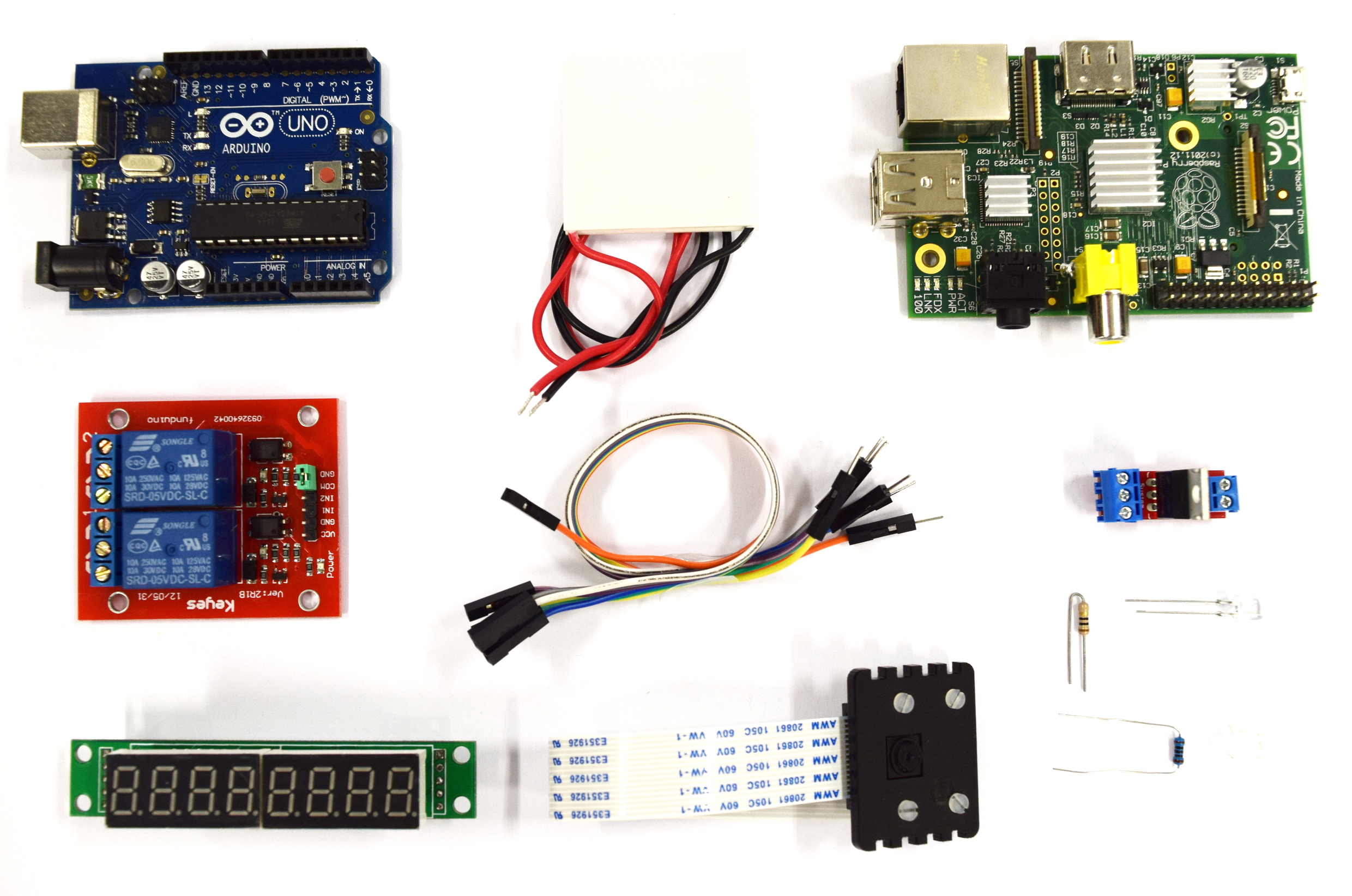

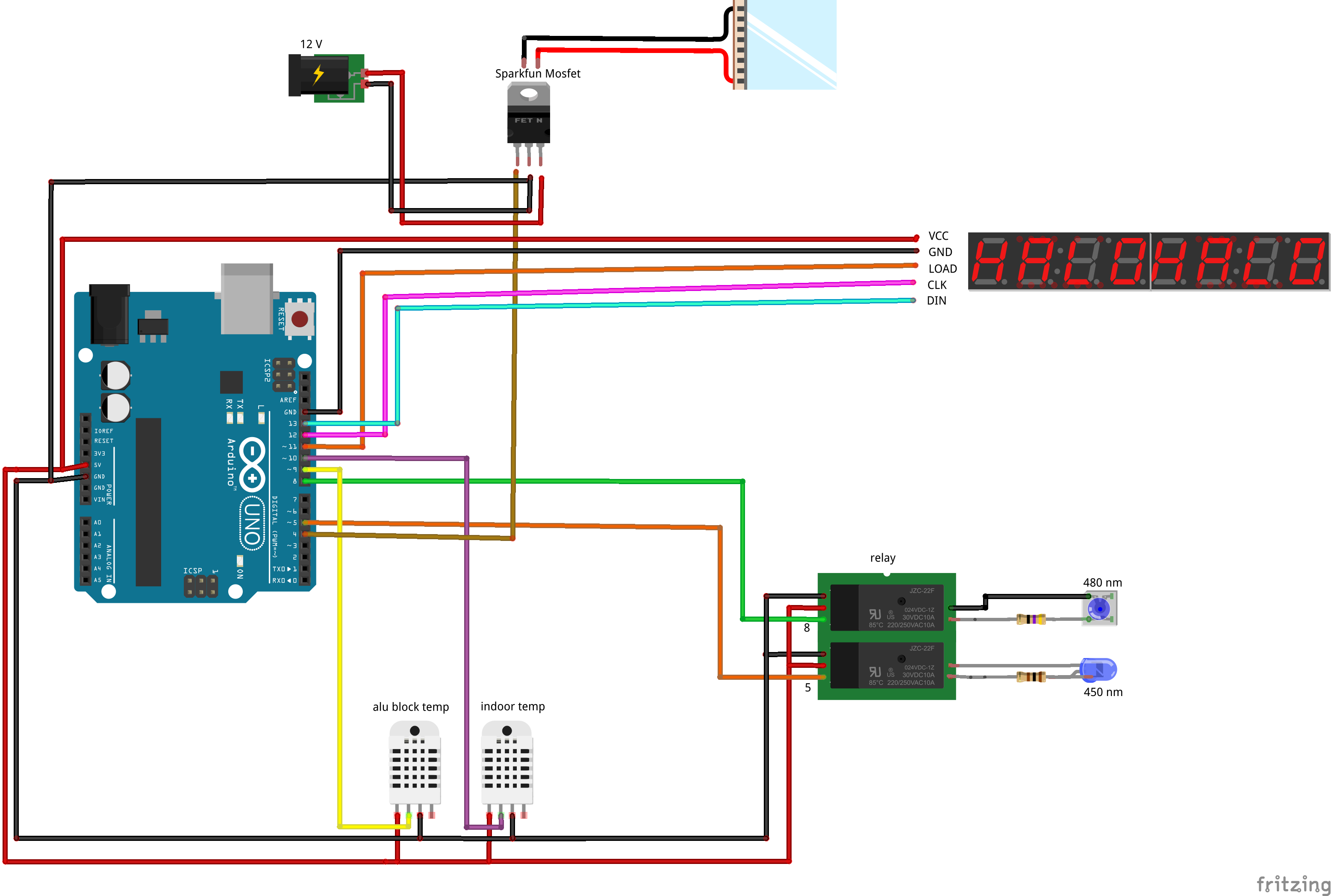
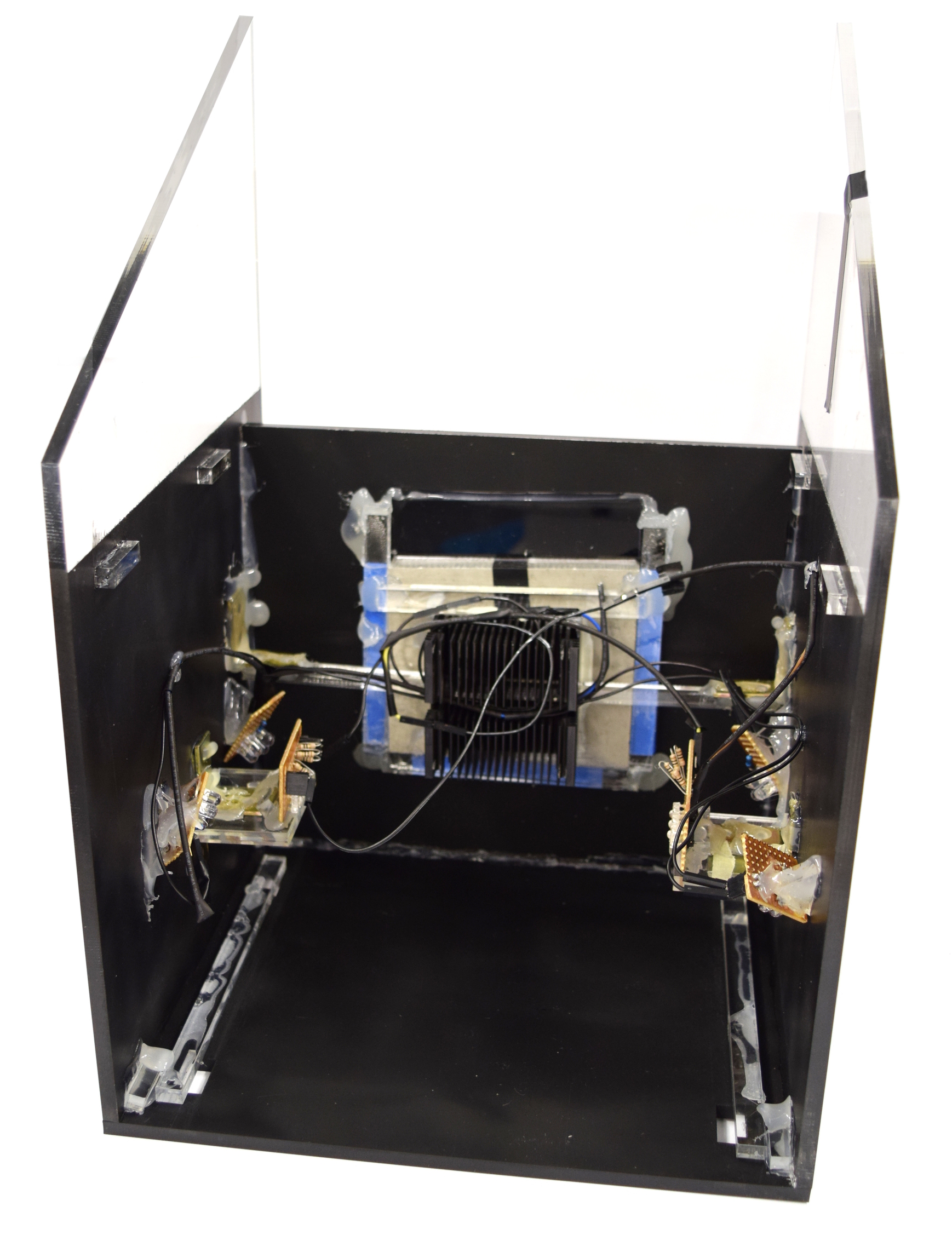
![350px] [File:Aachen_Device_.3jpg](/wiki/images/7/7b/Aachen_Device_2_3.jpg)
